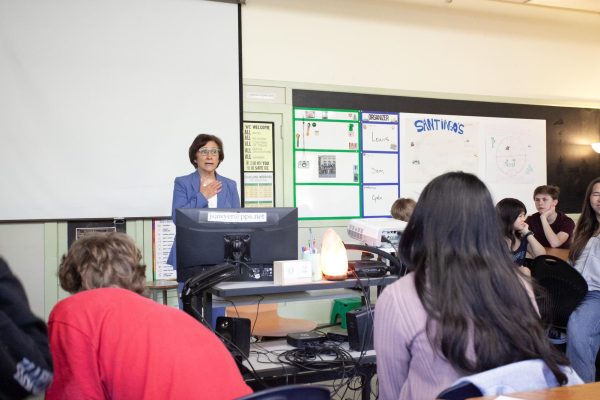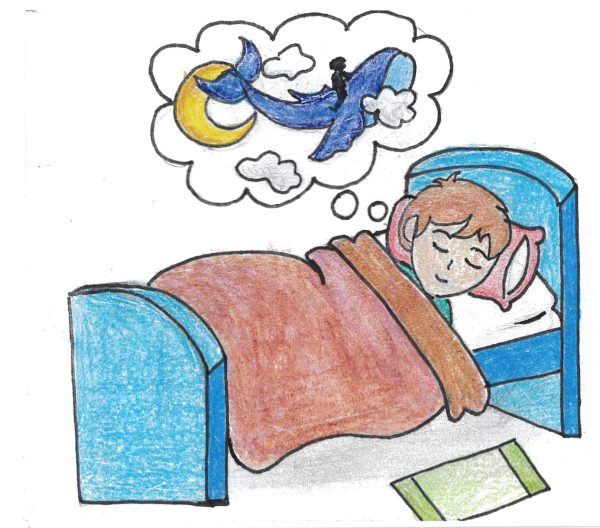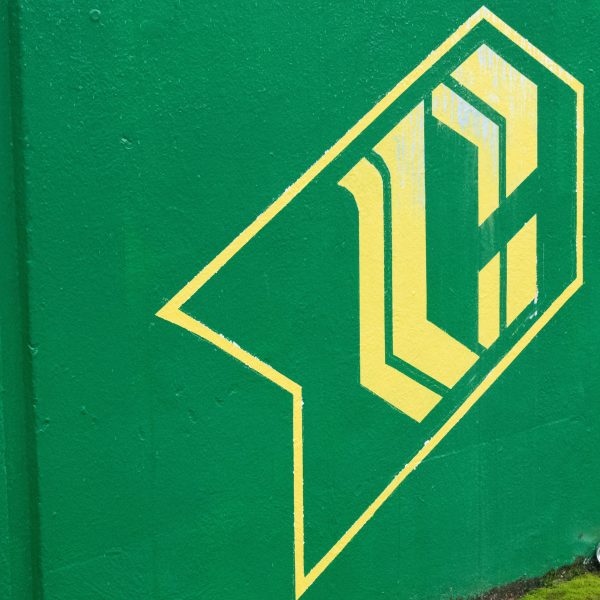Updates on Russia and Ukraine
Russia launched a large-scale invasion of Ukraine on Feb. 24. This came after weeks of threats aimed at the Ukrainian government, and Russian troops gathering at the border of the country. In response to the Russian threats, NATO deployed troops to member states in the region, while tens of thousands of Ukrainian citizens evacuated the country. Other Ukrainians stayed behind to fight for their country. In Russia, civilians took to the street to protest the beginning of a war. Since the initial invasion, there have been over 3,000 civilian fatalities, and this number is continuing to climb.
Starting March 7, Russia offered to open humanitarian corridors, to allow Ukrainian citizens an escape route. Unfortunately, these corridors would lead to either Russia or Belarus, leading Ukraine to reject the offer. In Dnipro, there is a six-hour wait in the cold and snow to get on an evacuation train. Many of the people standing in line are from cities that are already under attack, like Kharkiv. Police are present, removing men of fighting age from the queue, and only allowing women and children to board.
On March 8, Russia bombed a Ukrainian maternity hospital. At least 17 people, including staff and patients have been injured. According to initial information, no children were hurt in the bombing.
The United States is currently denying Poland access to their German airbases, in order to send aid to Ukraine. The Pentagon stated that fighter jets departing from a U.S. or NATO base could be seen as an escalation against Russia. Jen Psaki, the White House Press Secretary, stated “It doesn’t require a military expert to understand why having planes fly from a U.S. air base into … a country where there is a war is not in our interests and not in NATO’s interests.”
On Wednesday evening, refugees were welcomed into Poland by Jana Shostak, a Belarusian activist, with the words “You are safe now.” Nearly two weeks after the initial invasion by Russia, 1.2 million refugees have crossed into Poland, and logistics are still being figured out. Crowds were told that they would be traveling to a reception center in Przemyśl, where they would be given free transportation to other Polish cities or to other countries. Shostak finished her statements with the country’s rallying cry, “Slava Ukraini!” For a moment, the line of refugees came to life, all responding in kind.
Like in thousands of towns and cities worldwide, Ukrainian-Americans and their allies in Portland have reacted to the overseas invasion with worry, surprise, and urgency. Washington and Oregon rank no. 2 and 3, respectively, of states with the highest percentages of people who speak Ukrainian at home. Many Ukrainian-Americans have been spending the past weeks on edge, and those with friends and family in Ukraine are balancing their shock with worry. Rallies of several hundred people held in solidarity with Ukraine have been regularly organized in downtown Portland for the past few weekends.
Organizations close to home, like the Ukrainian-American Cultural Association of Oregon & SW Washington, have been fundraising and collecting medical supplies to ship to Europe. Portland is also home to three Ukrainian churches. Sellwood’s St. John the Baptist Ukrainian Orthodox church, led by Father Volodymyr Yavorskyi, has been collecting donations on behalf of the Ukrainian Orthodox Church of the USA.










